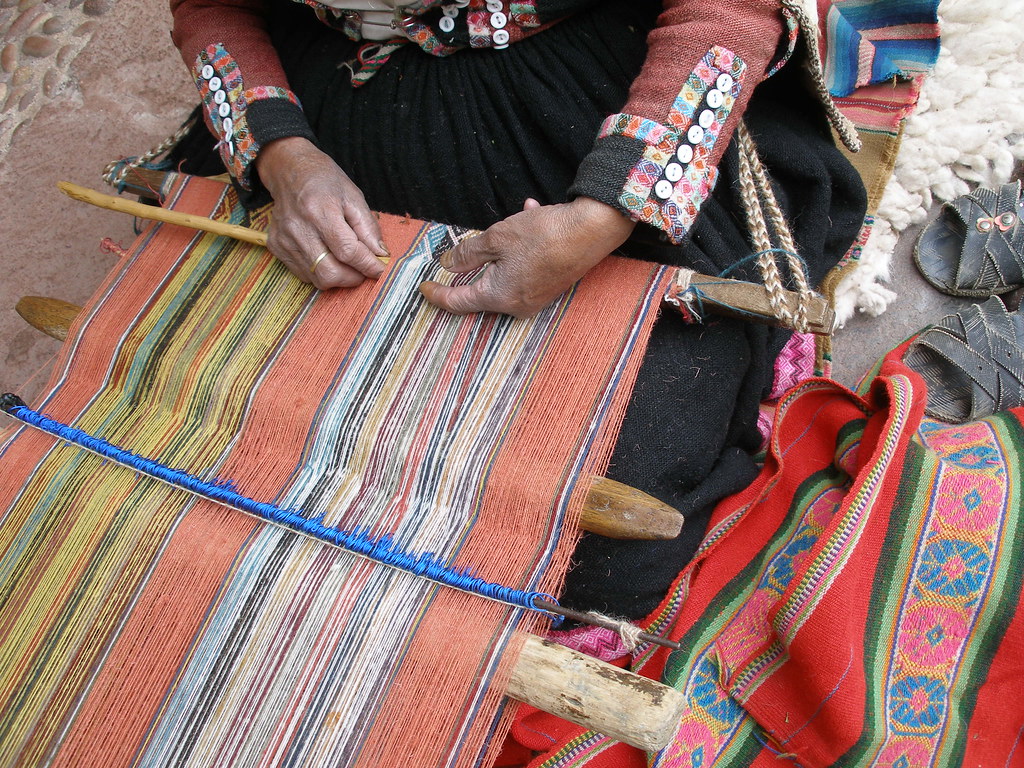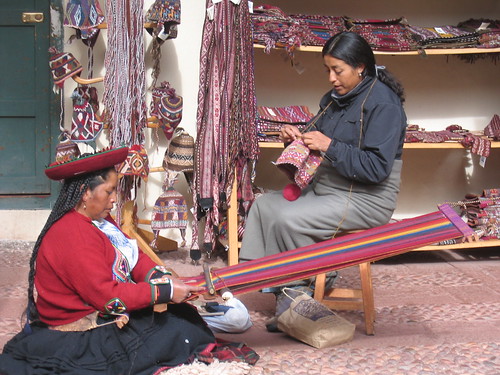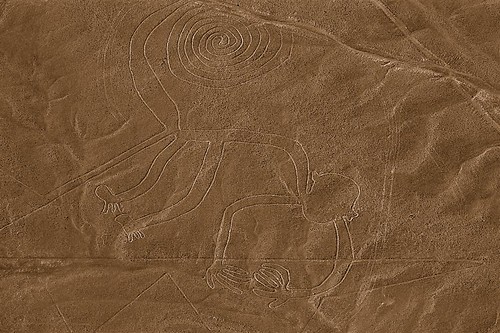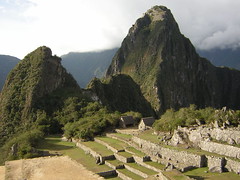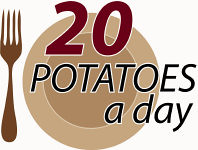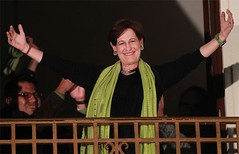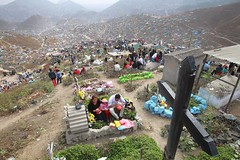Chinchero: Land of Great Weavers
Chinchero produces extraordinary textiles, woven with ancestral tools with Incan designs and natural colors.
From Somos
Gregoria Pumayalli was born in the district of Chinchero, located 45 minutes north of Cusco. Her childhood was spent among sheep wool and alpaca. She was taught from an early age by her mother how to spin wool, to place the threads and go sell the final product at the market. By her teens, this smiling Cusqueña, was an expert in the production of blankets, ponchos and rugs – all with her very own designs.
Just like her grandmother and mother, she’d sell here products in the popular Chinchero Sunday market, dazzling the tourists who came especially to buy the handmade items. The interest of visitors and the growth in tourism over the years encourages Gregoria and 33 other women to form the Chinchero Textile Center, which not only sells textiles, but leads visitors through the process of making them.
Places to visit

Chinchero
On entering this complex of mud walls and tiles, you can see the women of various communities of the Sacred Valley each carrying out distinct phases of textile production. All dressed in typical Cusco clothing and speaking amongst themselves in native Quechua, they’ll welcome you in and ask you to watch while they spin, thread, weave and dye with natural dyes.
Later, the weavers will give you small amounts of wool so that you can try dyeing them with dye produced by boiling plants in enormous pots, so you can take home a souvenir from you time here, though you are more than welcome to visit the shop where you can purchase any of the professionally made items that take your fancy.
The Center is just minutes away from the Plaza de Armas in Chinchero and entrance is free. The association also has a shop in Cusco (on the Av. El Sol) where you can find the same textiles woven with patience and dedication.
Another place to find finely elaborated pieces made on ancient looms is the Apu Antasaga Artesanal Tourist Complex. Here in this space filled with living culture you will be received by Cusqueños craftspeople who will explain to you every detail of their work as well as offer you a delicious lunch.
Weaver Grimalda Vara explains to us that the visitors can enjoy the taste of guinea pig raised locally or of the pork and beef used in the succulent pachamanca, always served with native potatoes and accompanied with chicha.
Both places maintain the techniques passed down from their ancestors, as well as the designs, and iconographic symbols that represent agricultural labour, the trilogy of the Incan world and other images of their identity. Know too that the weavers of this area managed to recoup 40 types of ancestral iconography lost over the ages thanks to decades of historical investigation.
In Chinchero’s crafts fair
Don’t miss the crafts fair held every Sunday in Chinchero’s Plaza de Armas. There the locals sell beautiful works and arrange exchanges with residents of other zones in the Sacred Valley. Be prepared to haggle for the best price!
The weavers use natural dyes, prepared using wild plants, to color the wool. For the red they use cochineal, for the green they use chilca or ragwort, with drops of lemon for a more intense color.
From when they shear the animals to when they begin to weave, the wool passes through a process that lasts two days. In the Cusco region there are around 600,000 llamas and alpacas raised by some 25,000 families, the second most after Puno.


